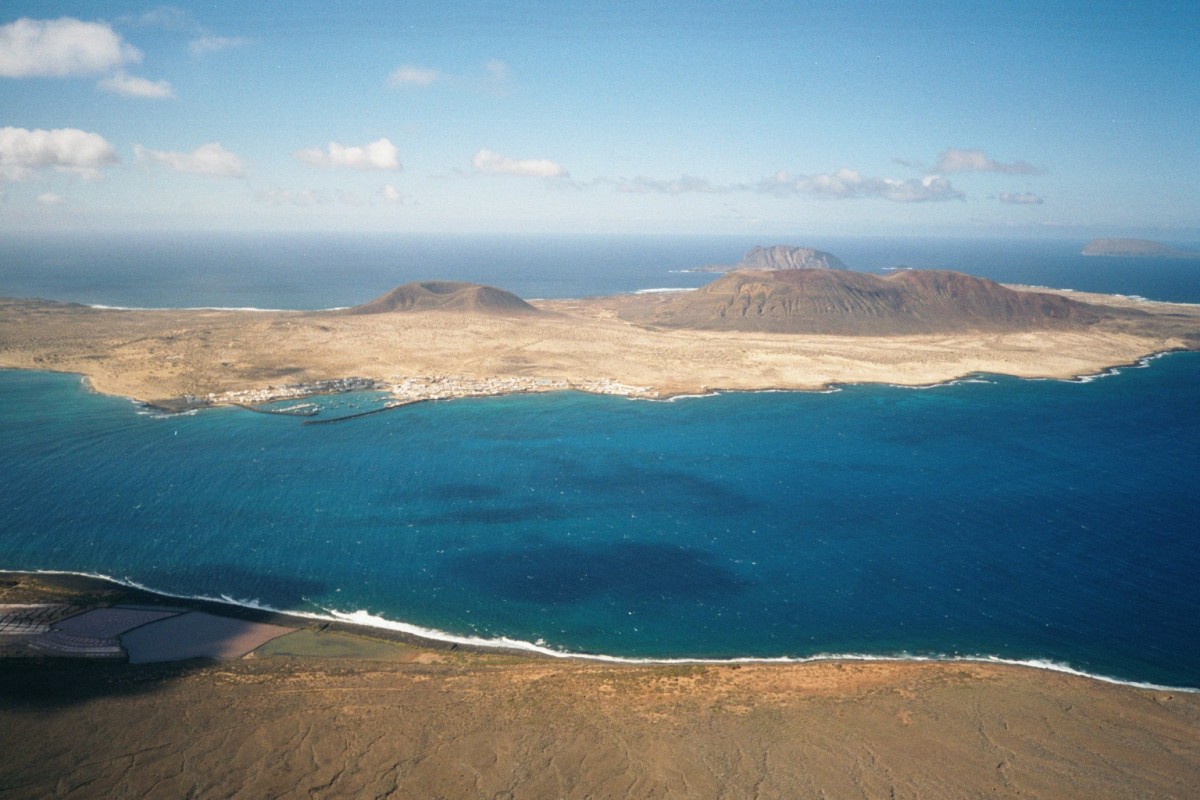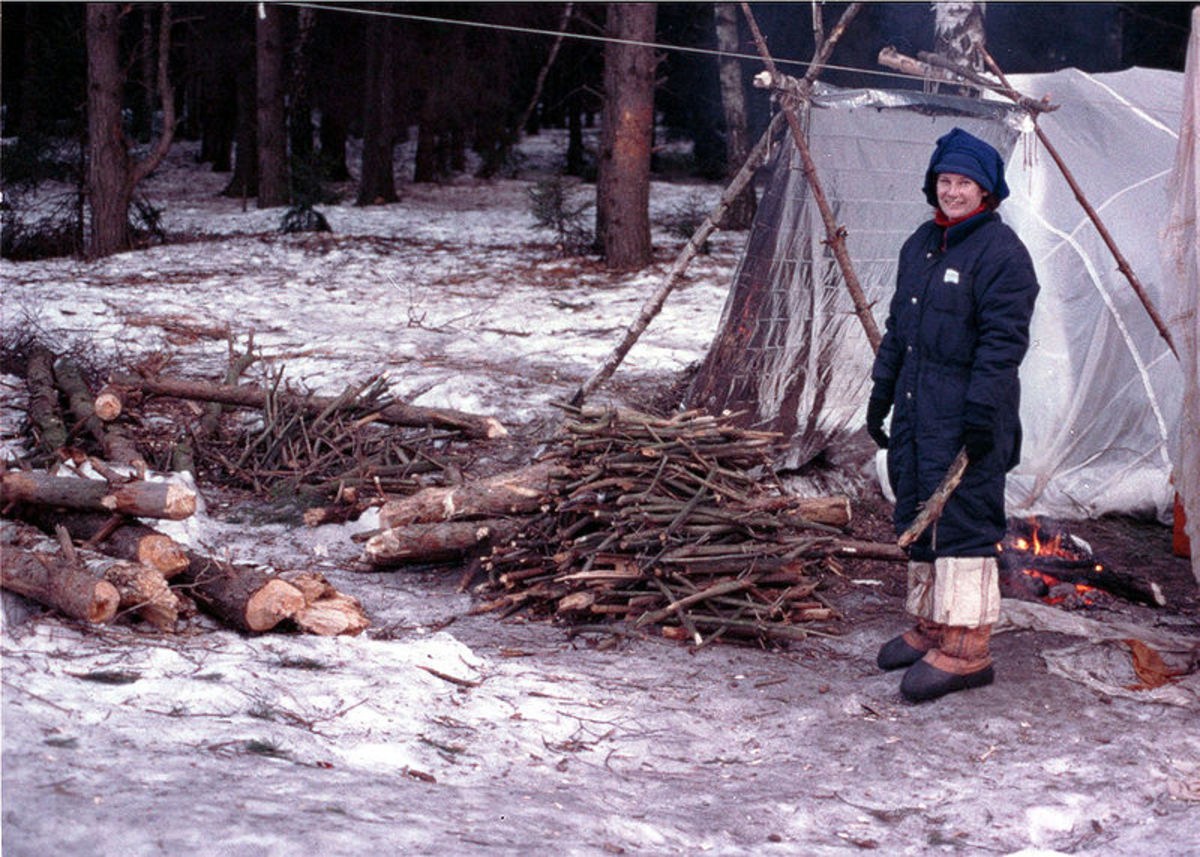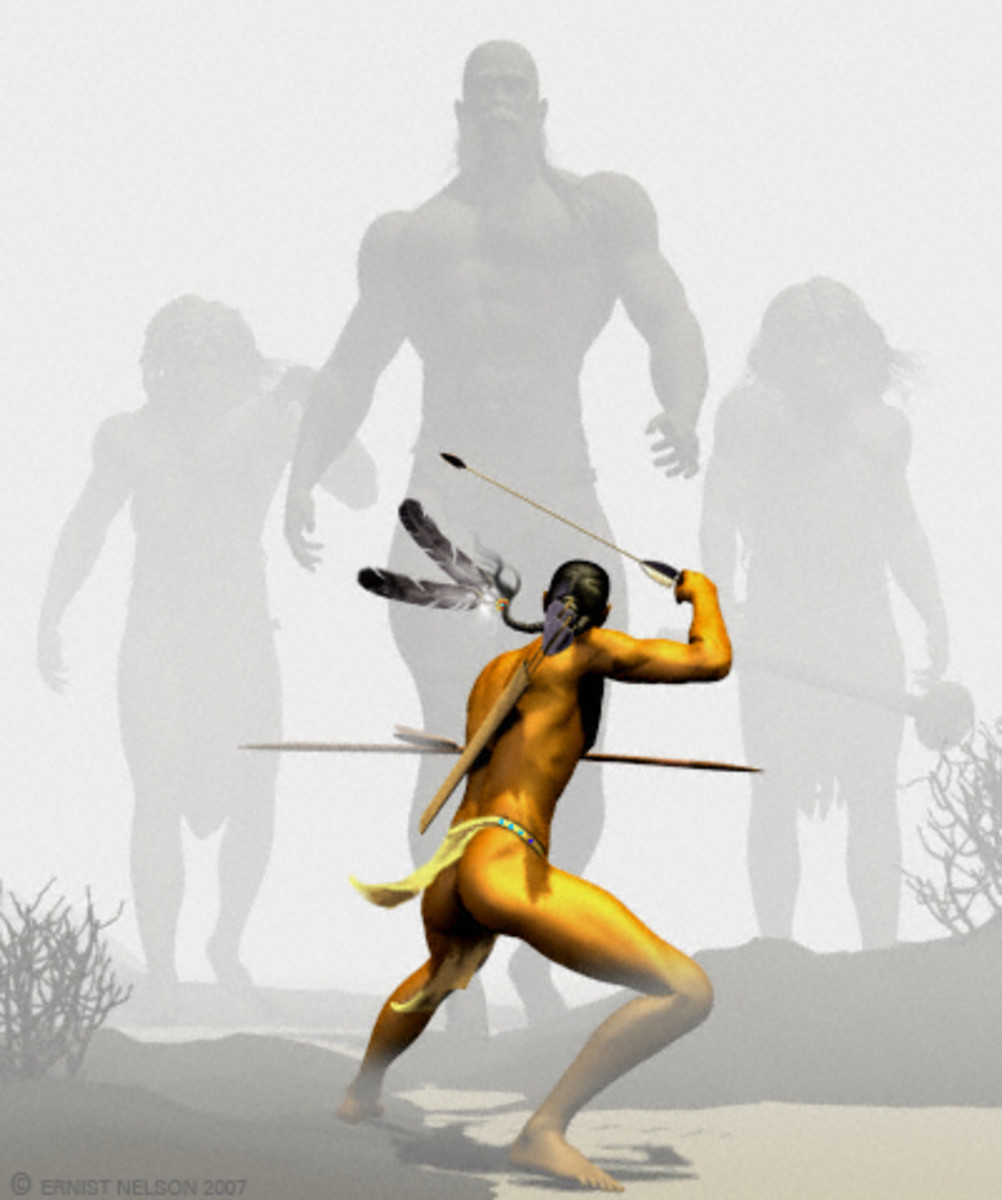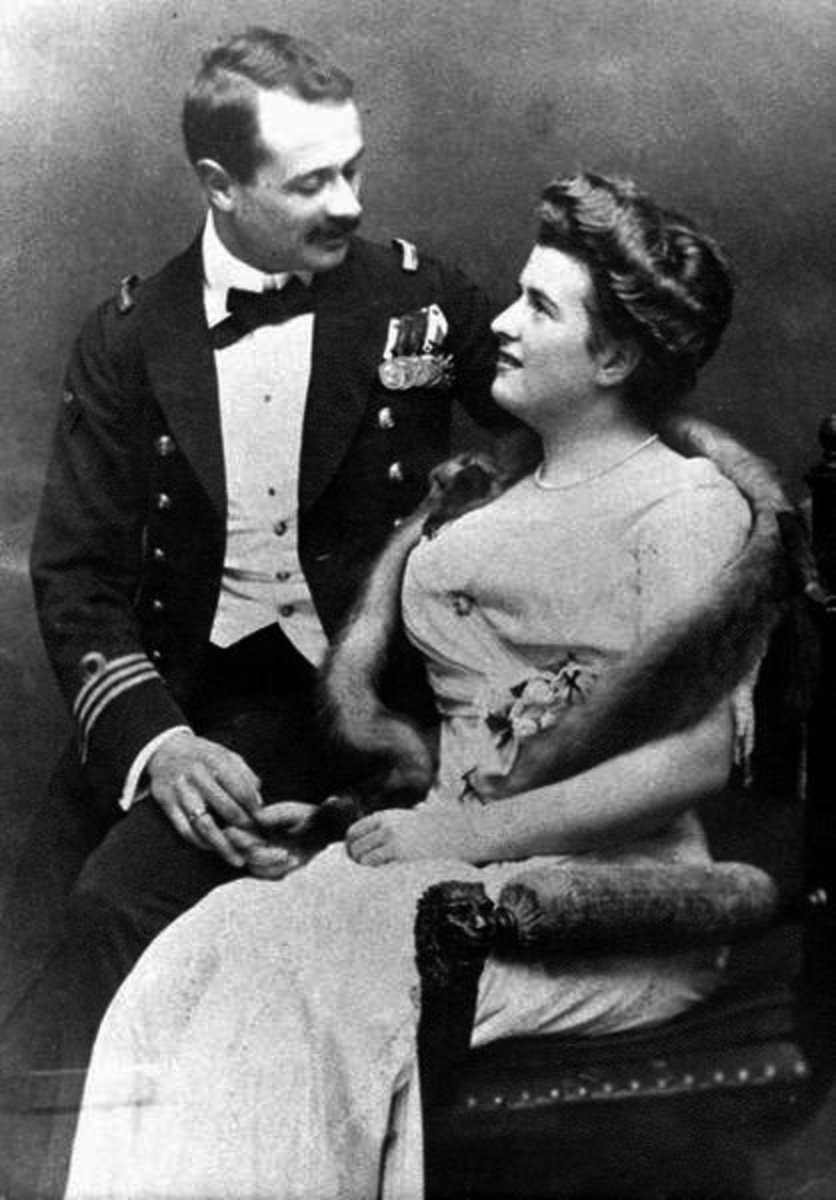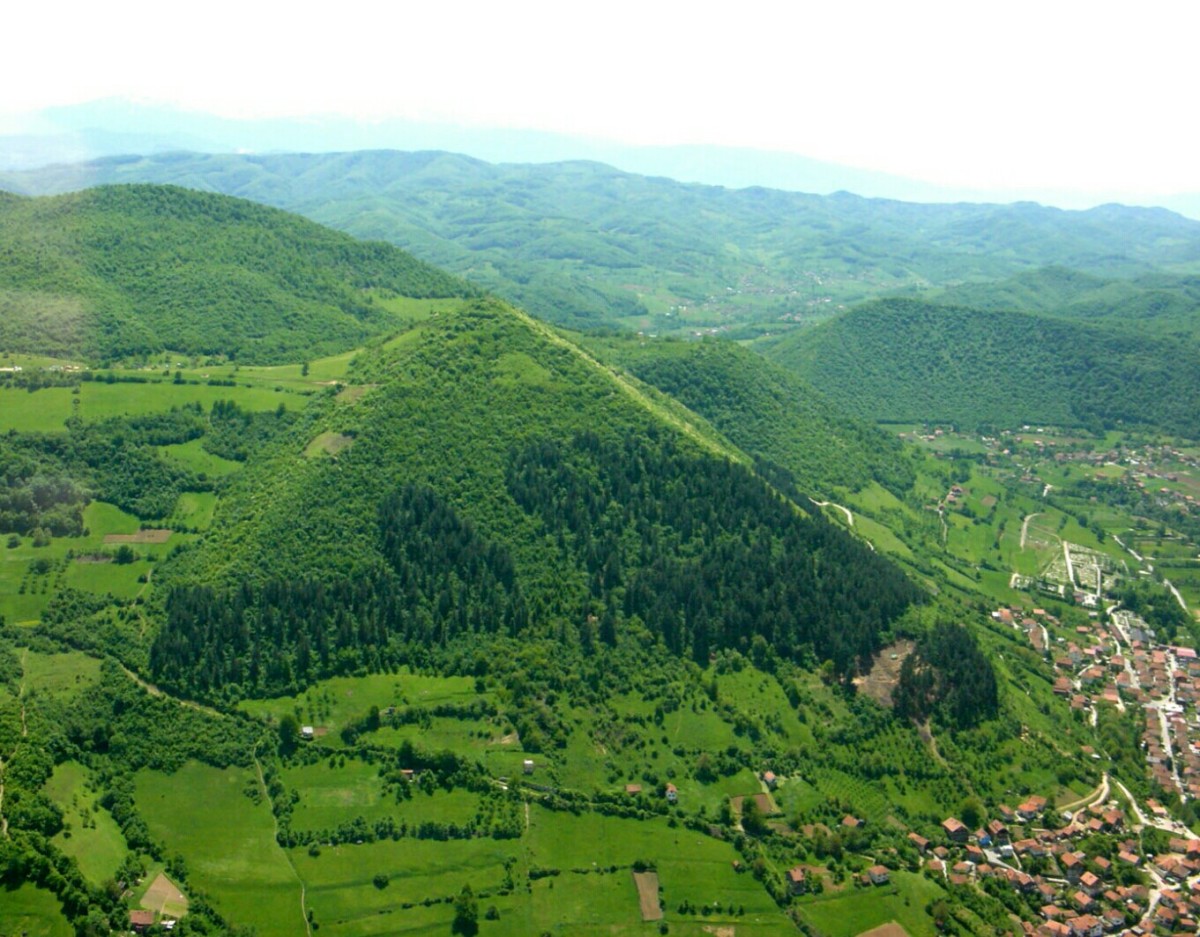The Castaway Alexander Selkirk
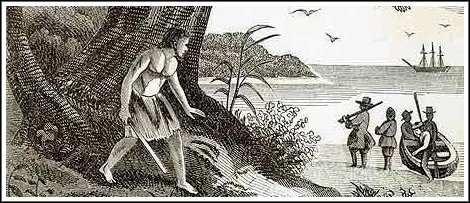

Alexander Selkirk

Alexander Selkirk was a Scottish sailor and Sailing Master aboard the galley Cinque Ports at the beginning of the 1700s. A galley was a ship propelled by oarsmen in trade and warfare and dominated naval warfare in the Mediterranean from the 8th century BC to the 16th century.
The Cinque Ports had already been involved in several sea battles with the Spanish and Selkirk believed it was in danger of sinking. So he made a request to the captain to be dropped off at the next island they came across where he planned to wait for a passing ship to rescue him.
Selkirk was born in Lower Largo, Fife, Scotland in 1676. His father was a shoemaker and a tanner. As a young lad, Selkirk was said to be mischievous, unruly, quarrelsome and frequently in trouble. He was once disciplined for being disruptive during church services. So it was at an early age he answered the call of the sea.
Thus, in October 1704, Selkirk disembarked on the uninhabited island of Más a Tierra, later renamed Juan Fernandez Island, over 400 miles West of Chile. But before he left the ship he took some clothing, a musket, a few tools, a Bible and a little tobacco just in case he wasn’t immediately rescued.
As he had feared the Cinque Ports did later founder and sink and all drowned except for the captain and seven crewmen. They survived only to be captured and thrown into a Peruvian jail. Prior to leaving Selkirk had also tried to convince others to leave the ship with him. Unfortunately, none heeded his warnings.
Selkirk lived the next four years and four months without human companionship. At first he stayed close to shore and watched for passing ships. He soon realized rescue would not soon be forthcoming and resigned himself to a long stay.


Fortunately, the island provided ample resources to sustain life. There were shellfish and hundreds of mating sea lions along the beach whose loud noises forced him to move further inland. There he found feral goats which he hunted with his musket and obtained milk and meat. There were also wild turnips, cabbage and berries. However, there was one annoying problem…rats attacked him at night. But, after domesticating some feral cats also sharing the island, the problem was solved.
Although he had food and water he also needed shelter. He built two huts out of pimento trees using tools he had brought from the ship. But, soon he began to run out of gunpowder and had to learn to hunt by chasing his quarry down by foot. On one such venture he fell from a cliff and was knocked unconscious for about a day.
Eventually, his clothing also became threadbare and Selkirk fashioned new clothes from goatskins using a nail as a needle. The lessons he learned from his father’s trade as a tanner became invaluable.
Selkirk still searched daily for rescue ships to extract him from his situation. Before he was finally rescued, two ships did arrive at the island. But, they were both enemy Spanish ships. He hid from the crews which had stopped to replenish their supplies. Had he been discovered he most certainly would have been killed. Once, a crewman urinated at the bottom of a tree he was hiding in but he wasn’t seen.
Finally on 1st of February 1709, Selkirk was rescued when two British privateers anchored offshore. He lit a signal fire and a landing party was dispatched. They found a ‘wild man’ dressed in goat skins.
If this story sounds familiar, it should. Many believe Selkirk was the inspiration for English novelist Daniel Defoe’s novel Robinson Crusoe published in 1713. It is also thought to have inspired the novel Gulliver’s Travels. However, not everyone agrees Selkirk was the model for Robinson Crusoe. There were numerous castaways in the annals of maritime history who survived for years on uninhabited islands before being rescued. In fact, Selkirk wasn’t the only one to be stranded on Juan Fernandez Island. One castaway had survived there for five years and another for three.
An article in Medieval Archaeology reports evidence of an early European occupant during an archaeological dig on the island. A fragment of a pair of navigational dividers which could only have belonged to a ship's master was found supporting the claim it most likely was where Selkirk was stranded.
It is said Selkirk never readjusted to life on the land and in 1720 he joined the Royal Navy only to die of fever off the coast of Africa where he was buried at sea. The island where Selkirk spent over 4 years in isolation is now called Robinson Crusoe Island.



